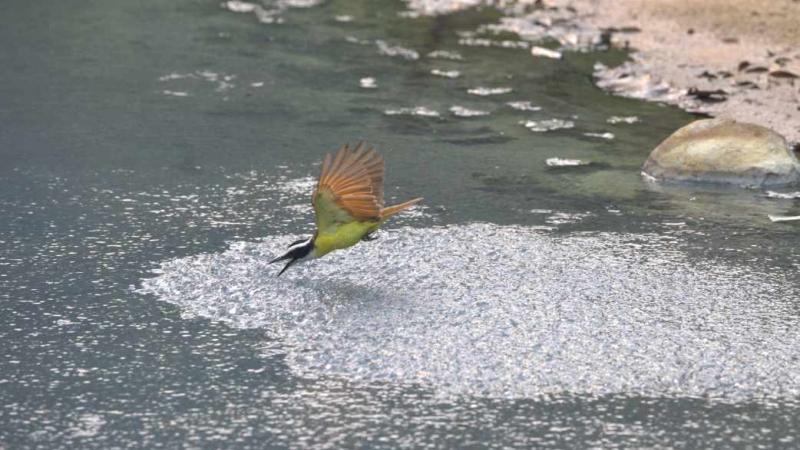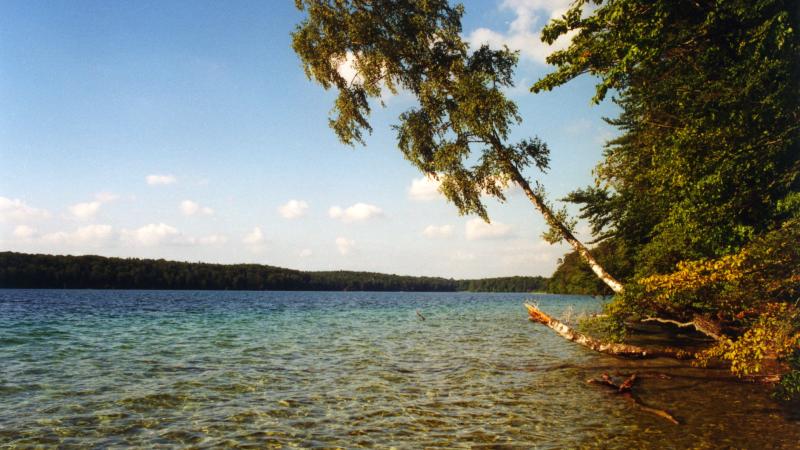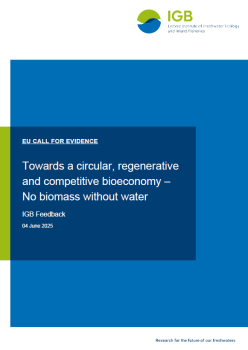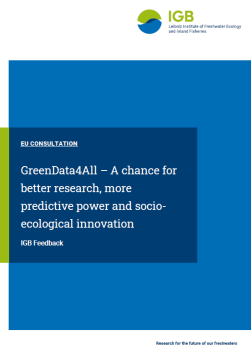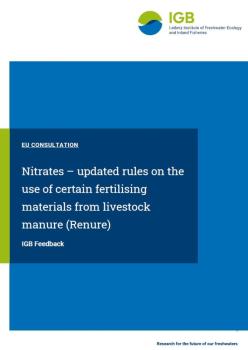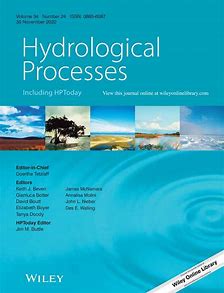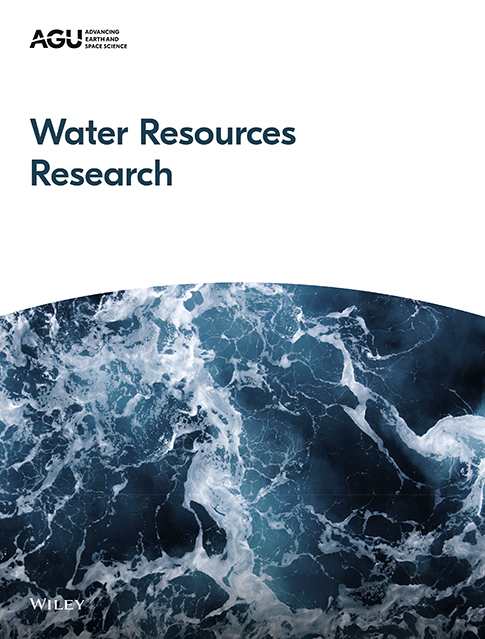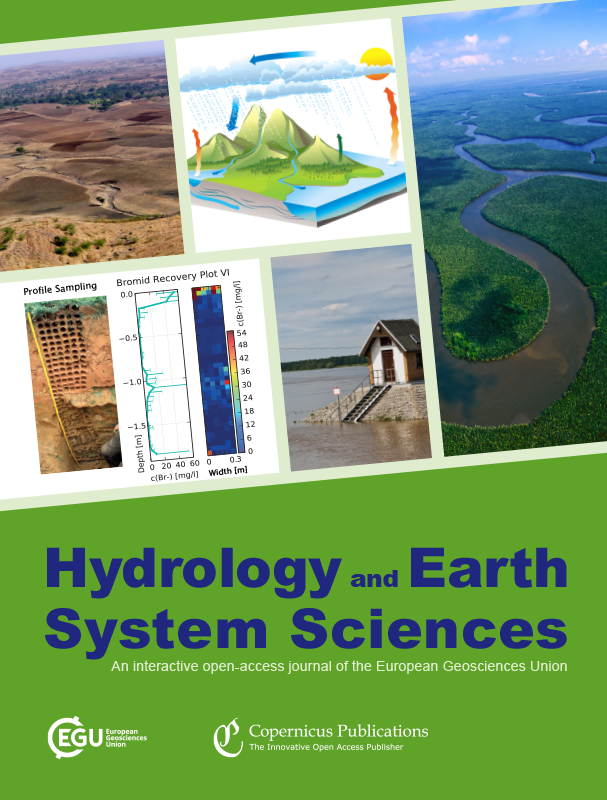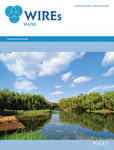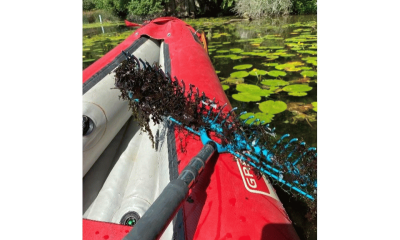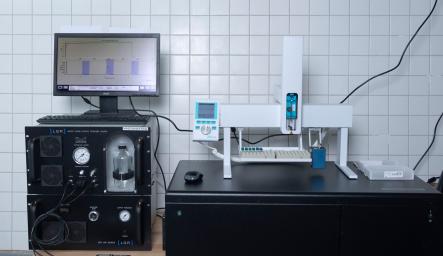
Aquatic ecosystems are intrinsically complex because they have a network structure and nonlinear processes often take place at various spatial and temporal scales. Nonlinear reactions can occur, for example, as a result of perturbations that trigger a so-called regime shift, such as prolonged drought. Important determinants of complex aquatic ecosystems are the landscape structure in which the water bodies are located and the connectivity, i.e. the interconnection of the water bodies at different levels: These include the flows of water, energy, information, nutrients and pollutants, and the dispersal of organisms. These processes determine the structure and dynamics of ecosystems and are changed over time by external factors such as land use and climate change.
In the programme area “Dimensions of complexity of aquatic systems”, IGB aims to gain a better understanding of the dynamics and functioning of aquatic systems and the living organisms within them. Its overall goal is to enhance our mechanistic understanding on how freshwater ecosystems function and to study their spatial and temporal scaling. An important focus is on the interfaces and interactions between terrestrial and aquatic habitats, between sediment and the water column, between water and air, and between and within organisms.
Speakers
News
Downloads
Selected publications
Urban Hydrological Connectivity and Response Patterns Across Timescales: An Integrated Time-Frequency Domain Analysis
The authors investigated the interconnections of rainfall, groundwater and stream flow in the Wuhle river in Berlin using autocorrelation, cross-correlation and time-frequency analyses of long-term data. Despite the strong influence of urban storm drainage, they showed a high degree of persistence of the groundwater signals.
Hydrological Connectivity Dominates NO3-N Cycling in Complex Landscapes – Insights From Integration of Isotopes and Water Quality Modeling
The authors integrated isotope-aided with N modelling to quantify the (dis)connection of different flow paths and related biogeochemical transformations, which is important for land and water management. Hydrological connectivity controls N transformations by regulating soil moisture and available NO3-N for processing from upstream inflows.
Understanding ecohydrology and biodiversity in aquatic nature-based solutions in urban streams and ponds through an integrative multi-tracer approach
The authors used stable water isotopes, hydrochemistry and eDNA in a novel, integrated tracer-approach to show how ecohydrological interactions and biodiversity in urban aquaNBS are influenced by urban water sources and connectivity. The direct linkages between hydrology and microbial patterns are highlighted, illustrating the sensitivity of aquaNBS to anthropogenic and climate influences.
The Unexploited Treasures of Hydrological Observations Beyond Streamflow for Catchment Modeling
Other hydrological data than streamflow have the potential to improve process consistency in hydrological modeling and consequently for predictions under change. The authors review how storage and flux variables are used for model evaluation and calibration; improving process representation.
Biogenic polyphosphate as relevant regulator of seasonal phosphate storage in surface sediments of stratified eutrophic lakes
Using nuclear magnetic resonance spectroscopy, the authors studied the polyphosphate seasonality in the topmost sediment layer of three stratified lakes with prolonged anoxic periods during summer stratification. Polyphosphate acted as a temporary phosphorus storage, formed at the beginning of the summer stratification under oxic conditions and released time delayed under anoxic conditions.


